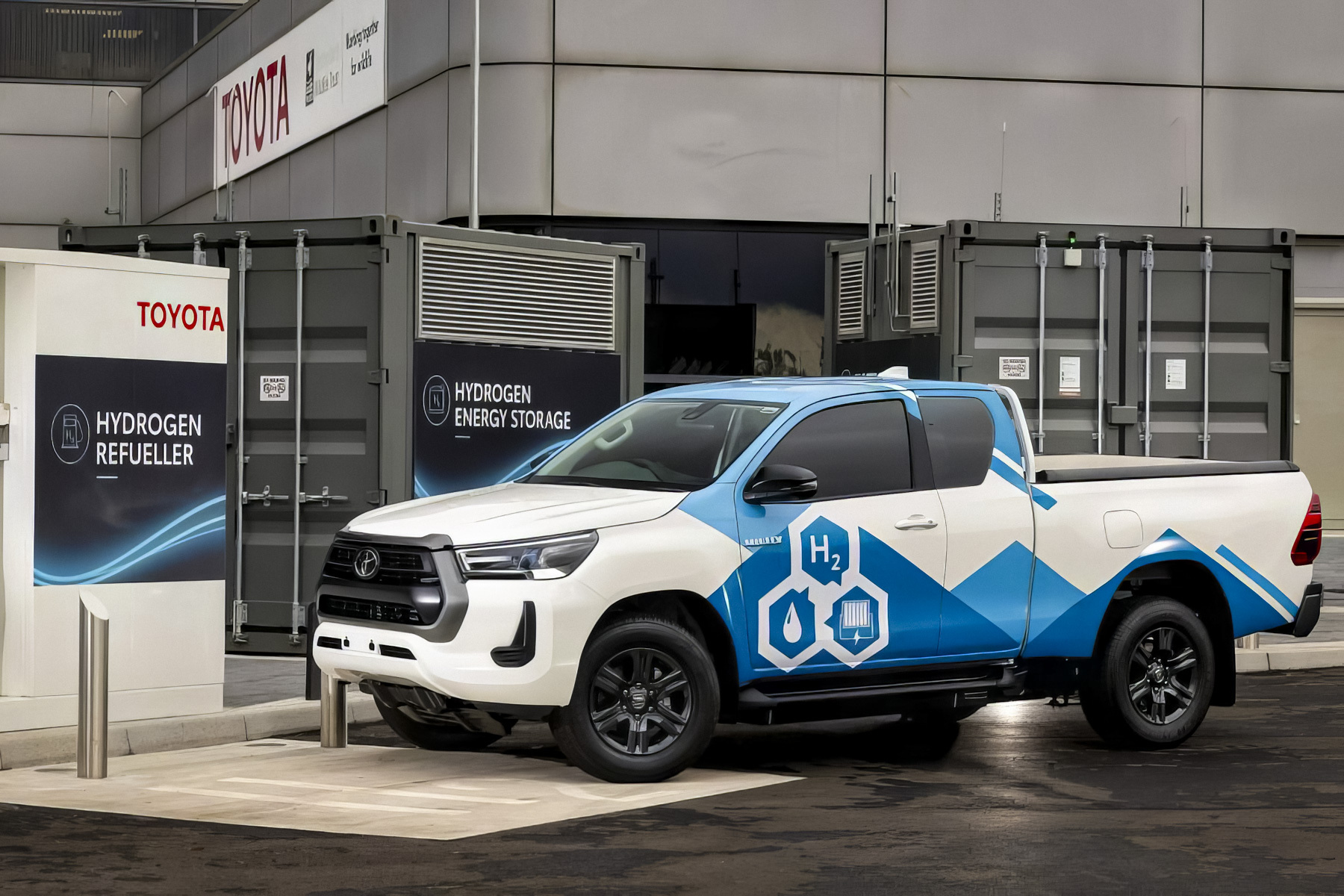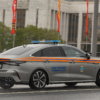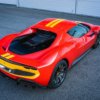The first fuel cell prototype of the Hilux was built by a Japanese company and the Advanced Engine Center (APC) at the British plant in Burnaston as part of a project funded by the UK government. By the end of the year, nine more will join the first copy – they will be sent for road tests to check the reliability and eliminate the risks associated with hydrogen.
Hydrogen tanks, as seen in the photographs, were placed between the axles inside the frame. The remaining components were placed under the hood, and the battery was placed at the rear of the car. In the prototype, Toyota engineers used parts from Mirai, the brand’s first mass-produced hydrogen car, which debuted ten years ago.
Toyota Hilux
ToyotaToyota Hilux
Toyota Toyota Hilux
Toyota Hilux
Toyota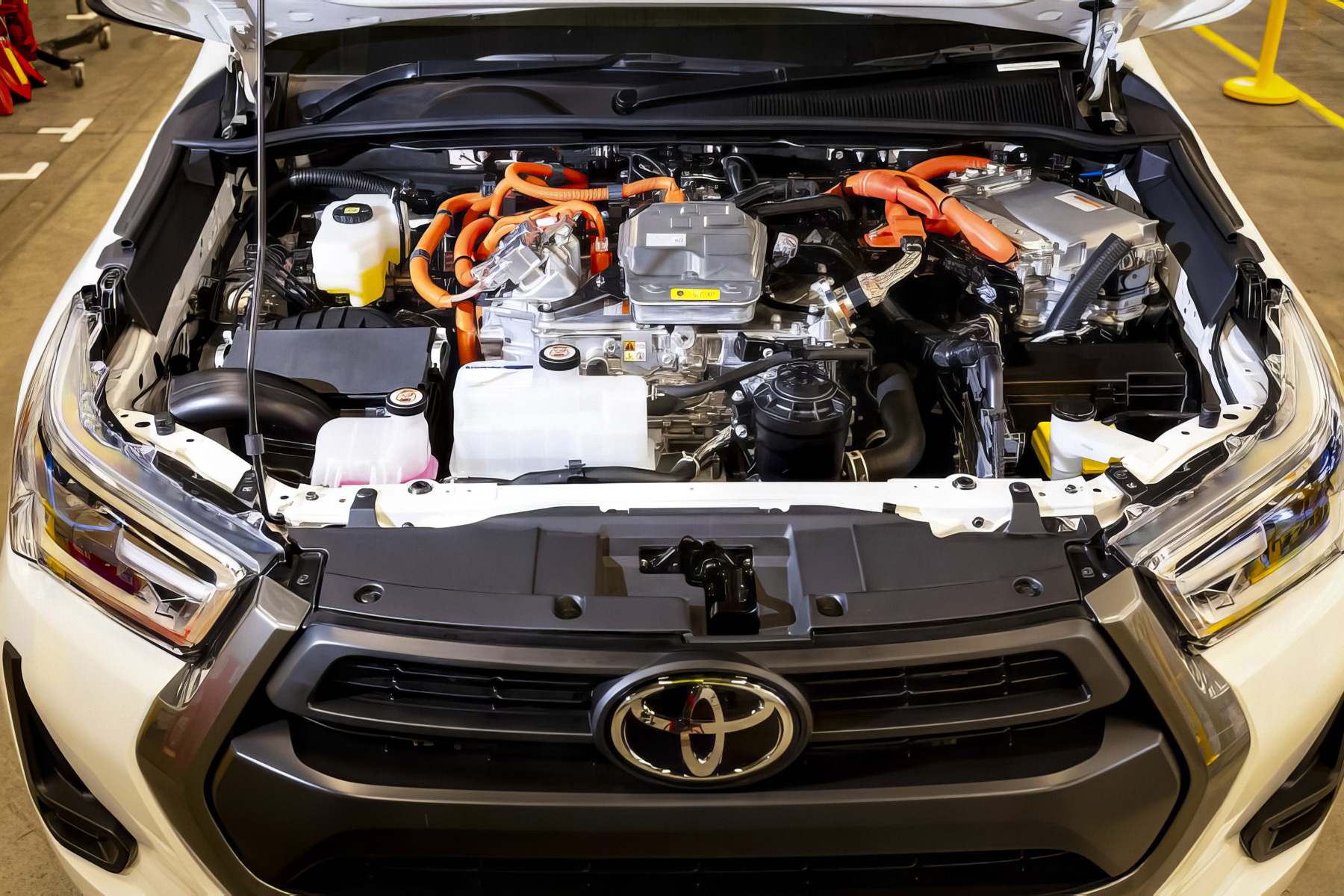 Toyota Hilux
Toyota Hilux
Toyota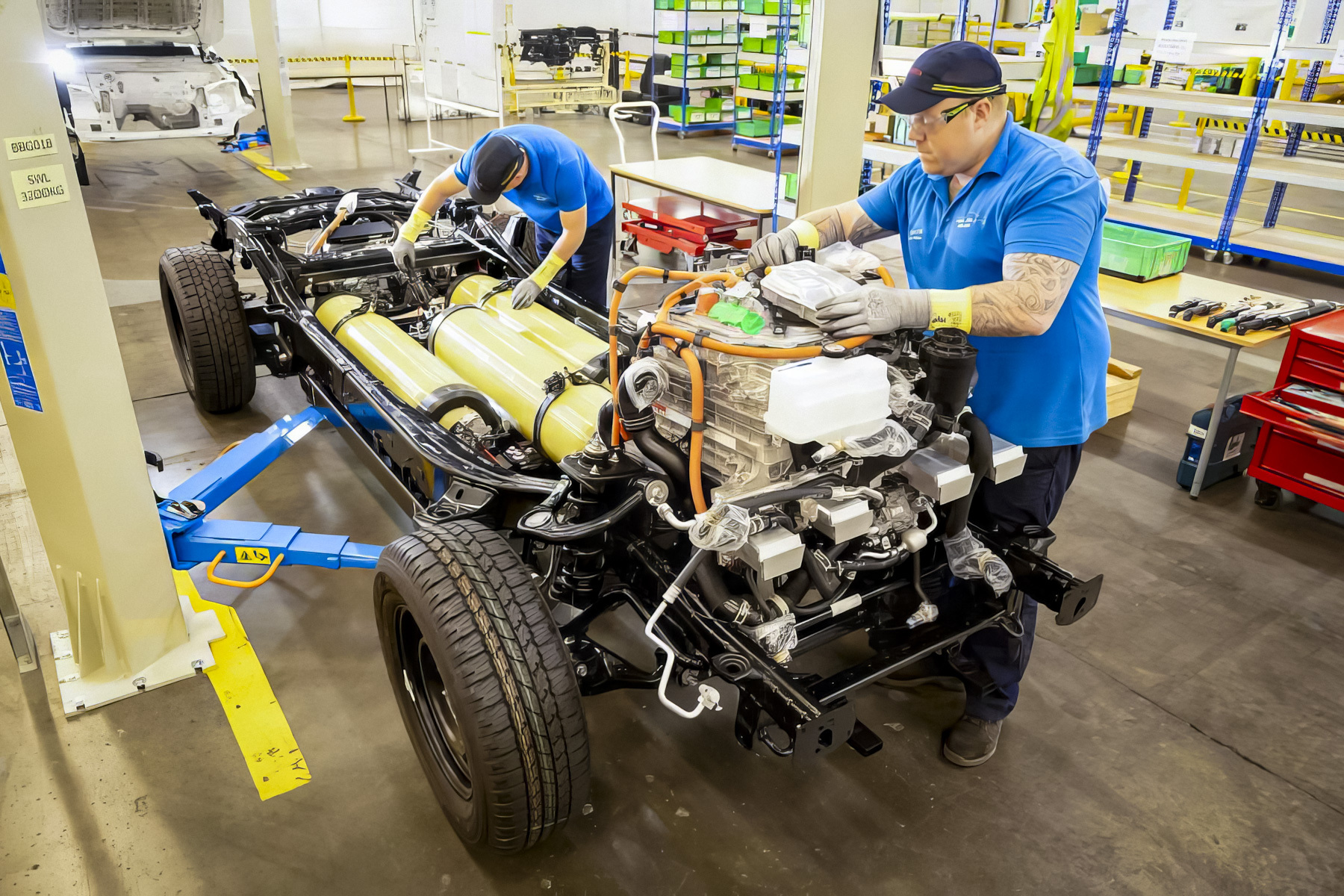 Toyota Hilux
Toyota Hilux
Toyota
The approximate power reserve of such a Hilux at one gas station is 587 kilometers. The indicator is small relative to a pickup truck with a “turbo diesel” 2.8, capable of driving about 1150 kilometers between gas stations.
It is significantly inferior to the indicator of the current Mirai, which “shared” the power plant with the Hilux. Its passport power reserve is 750-850 kilometers. Mirai is equipped with a 184-horsepower drive motor and three cylinders of hydrogen, which is converted into electricity by an electrochemical reaction.
Toyota is far from new to the development of hydrogen vehicles. Its former head Akio Toyoda has repeatedly called for investing in various types of power plants, noting that electric cars are not the only way to achieve carbon neutrality. In addition to the alternative Hilux, Toyota may release a hydrogen-powered light pickup with Isuzu and Hino and even a fuel cell Land Cruiser.
New hydrogen cars
